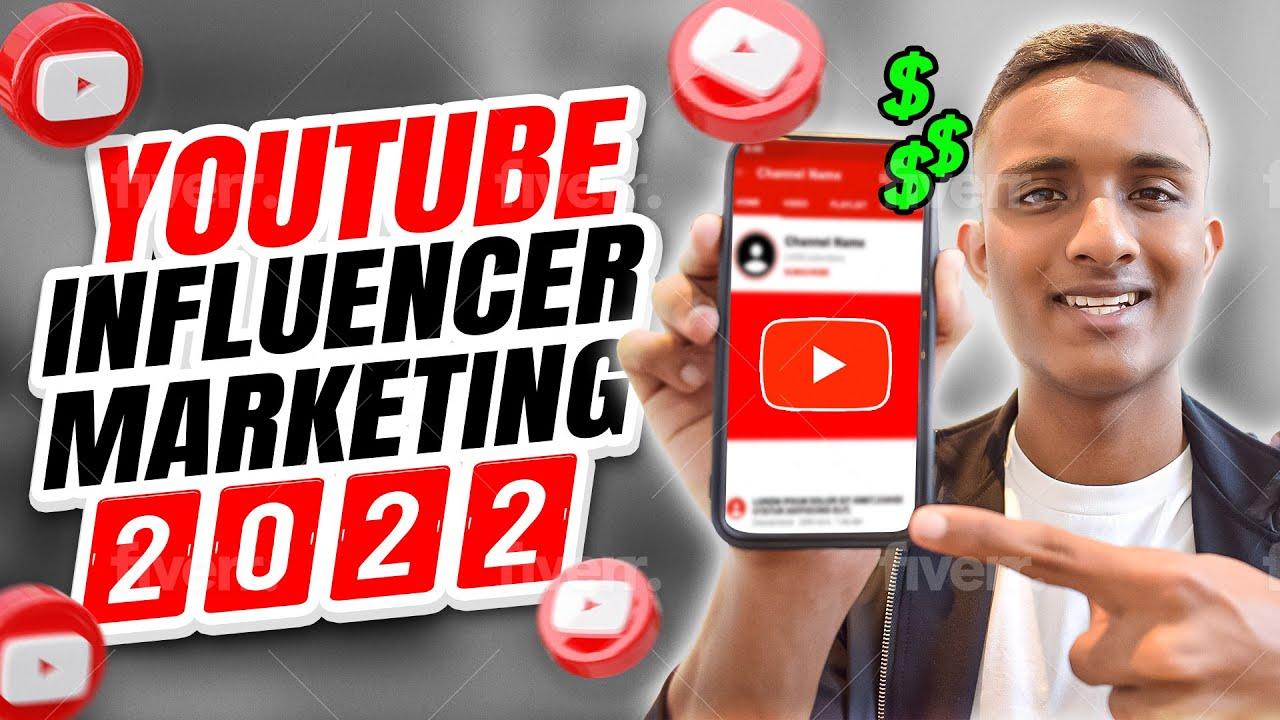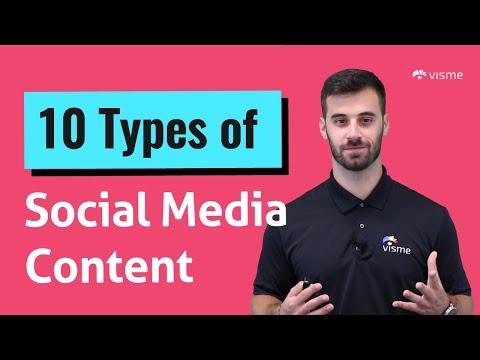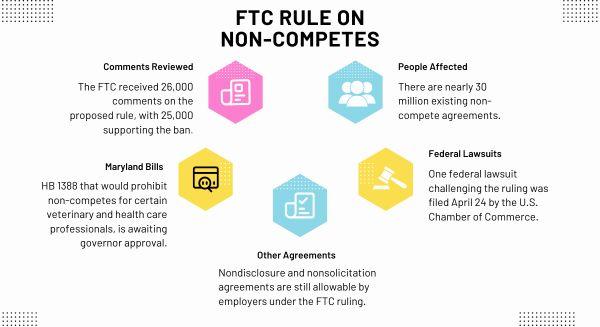
In the ever-evolving digital landscape, YouTube continues to reign as a powerful platform where creativity meets commerce. As we delve into 2023, the influence of content creators has never been more pronounced, shaping not only viewer preferences but also the strategies brands employ to connect with their audiences. The rise of influencer marketing on YouTube is not merely a trend; it’s a key driver of engagement, authenticity, and revenue in the marketing realm. From innovative formats to shifts in audience demographics,the strategies that define influencer partnerships are rapidly transforming. This article explores the top YouTube influencer marketing trends that are reshaping brand narratives and redefining consumer relationships in 2023, offering insights on how businesses can adapt and thrive in this dynamic environment. join us as we uncover the trends that are not only capturing attention but also paving the way for future collaborations in the world of digital influence.
emerging Content Formats redefining Engagement Strategies
As brands seek to connect with audiences on a deeper level, innovative content formats on YouTube are becoming pivotal in shaping engagement strategies. A shift towards shorter videos and interactive content has emerged, driven by the growing popularity of platforms like TikTok. This trend sees influencers utilizing youtube shorts to create quick, engaging snippets that captivate viewers without demanding extensive time commitments.Audiences are increasingly drawn to bite-sized content that delivers value swiftly, encouraging influencers to meld entertainment with education in more dynamic ways.
Moreover, the integration of live streaming is redefining the influencer landscape, allowing real-time interaction between creators and their followers. This format fosters a sense of community, as audiences can engage, ask questions, and participate in polls during live sessions. Additionally, the use of AR filters and immersive storytelling techniques enhances viewer experiences, creating a more personal connection. Influencers are now strategically leveraging these technologies to craft narratives that resonate and engage, ultimately driving brand loyalty and retention.

The Rise of Micro-Influencers and Authenticity in Campaigns
The surge of micro-influencers has revolutionized the landscape of brand partnerships,presenting an exciting opportunity for businesses to connect on a deeper level with their target audiences. These influencers, typically boasting a following ranging from a few thousand to around 100,000, have a distinctly loyal fan base that values genuine relationships over mere celebrity endorsements. As companies continue to seek authenticity in their marketing campaigns, collaborating with micro-influencers has proven to be an effective strategy to foster trust and engagement.
Research highlights several compelling reasons why micro-influencers are becoming the preferred choice for brands:
- Higher Engagement Rates: Micro-influencers often achieve more meaningful interactions with their followers, resulting in better engagement levels compared to mainstream influencers.
- Cost-Effective Collaborations: Partnering with micro-influencers is usually more budget-kind, allowing brands to execute diverse campaigns across various niche markets.
- Targeted Audiences: They tend to cater to specific interests and communities, enabling brands to reach their ideal customers more effectively.
This rising trend underscores the importance of authenticity in today’s marketing strategies, leading brands to reconsider traditional influencer models in favor of more relatable and genuine endorsements. As companies invest in these collaborations, the focus shifts to creating well-crafted narratives and meaningful connections that resonate deeply with the audience, ultimately transforming follower trust into brand loyalty.

Leveraging Data Analytics for Targeted Influencer Collaborations
In the evolving landscape of influencer marketing, data analytics has become a game changer for brands seeking to maximize the effectiveness of their collaborations. By employing sophisticated analytics tools, companies can identify key trends and audience preferences, enabling them to pinpoint influencers who align closely with their target demographic.This approach not only boosts engagement rates but also enhances the authenticity of marketing campaigns. Consider utilizing metrics such as:
- Engagement Rate: Measure likes,comments,and shares to identify influencers with active followers.
- Audience Demographics: analyze age, location, and interests to ensure the influencer’s audience matches your target market.
- Content performance: evaluate past campaigns to gauge success and understand what resonates with their audience.
By strategically leveraging this data, brands are not only able to select the right partners but can also tailor their messaging to resonate more deeply with potential customers. Moreover, the integration of analytics into influencer selection allows for ongoing performance assessments, enabling adjustments in real-time. Below is a table showcasing the most effective metrics to track:
| Metric | Description | Importance |
|---|---|---|
| Engagement Rate | Percentage of followers interacting with content | Indicates influencer loyalty and reach |
| Conversion Rate | Percentage of viewers taking action after viewing | Measures campaign effectiveness |
| Audience Growth | Rate of follower increase over a set period | Indicates influencer’s ability to attract new viewers |

Navigating the Evolving Landscape of FTC Regulations and Transparency
The Federal Trade Commission (FTC) has increasingly emphasized the importance of transparency in influencer marketing, especially on platforms like YouTube. As brands seek to engage with audiences through influencers, understanding these evolving regulations is essential for maintaining credibility and avoiding potential penalties. Influencers are now required to clearly disclose their relationships with brands, which can be achieved through various methods including:
- Hashtags: Using prominent hashtags such as #ad or #sponsored.
- Verbal Declarations: Mentioning the partnership in the video content itself.
- Visual Indicators: Placing disclosures in the video description or onscreen graphics.
As marketers adapt to these regulatory changes, they are also discovering innovative ways to foster authentic connections with audiences.Transparency not only builds trust but also enhances engagement rates, making audiences more receptive to promotional content.By focusing on genuine relationships, brands can leverage influencers to create impactful campaigns that feel less like advertisements and more like recommendations.A few strategies to consider include:
- Storytelling: Utilizing personal stories that resonate with viewers to convey the brand message.
- Interactive Formats: Engaging audiences through live Q&A sessions or polls about products.
- Clear Partnerships: Involving influencers in the product advancement process to foster authenticity.
Final Thoughts
As we navigate through the dynamic landscape of 2023, it’s clear that YouTube influencer marketing is more than just a fleeting trend; it has become a vital component of digital strategy. The rise of short-form content, the emphasis on authenticity, and the growing importance of niche communities are just a few of the trends shaping this vibrant ecosystem.
Marketers who harness these insights stand to gain not only greater engagement but also deeper connections with their audiences. As we look ahead, the challenge will be to adapt to the ever-changing preferences of viewers and the innovative tactics employed by influencers.
In this fast-paced world, staying informed is key. so, whether you’re a brand aiming to amplify your presence or an aspiring influencer seeking to carve out your niche, understanding these trends will be essential to thrive in YouTube’s multifaceted arena. As we close this chapter on 2023, let’s embrace the opportunities that lie ahead and prepare to make waves in the world of influencer marketing.